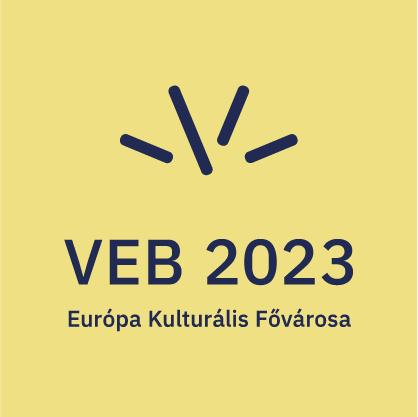In our newest exhibition we present the diversity of contemporary ceramic art through the autonomous and utilitarian objects of six contemporary artists. The works of Anna Csenge Berkes, Enikő Kontor, Tímea Lantos, Orsolya Pattantyús, Tünde Ruzicska and Csaba Szabó Ádám combine traditional handcrafted ceramics, contemporary experimental trends and a designer approach.
Artists create their objects mainly by high heat wood firing, where chance plays a major role, as the objects come into direct contact with the flames and thus bear their marks. The use of materials is also specific, with special clays and glazes with special compositions. Aesthetics, harmony and balance are very important in the case of gastroceramics. Whether it is a set of chocolate bars, plates or glasses, the artistic design enhances the experience of eating a meal.
Anna Csenge Berkes' masterpiece will raise awareness of chocolate consumption and chocolate culture, while her fine dinig plate family reflects on the regional gastronomic and cultural characteristics of the Lake Balaton region and Tihany. Her autonomous objects are primarily concerned with technical experimentation.
Enikő Kontor's ceramic pictures were completed last month at the International Ceramics Studio in Kecskemét. They are not narrative works, but rather explore the relationship between image and frame. Tímea Lantos lives in Japan and in her autonomous and utilitarian objects she places great emphasis on the use of clay and special pottery glazes mined by herself. Orsolya Pattantyús' objects are primarily inspired by the historical richness of ceramic art, her works are inspired by her memories and the fate of an object is brought to life in her sculptures.
Tünde Ruzicska is an outstanding creator of Hungarian gastronomy, she has created her own brand. In her autonomous objects she explores the common meeting points of space and pots, and her latest works from the International Ceramics Symposium will be on show at the exhibition. Csaba Ádám Szabó founded the ERROR N' MORE brand in 2014, which explores the boundaries and intersections of gastronomy, fine art and design. Among his autonomous objects his latest sculptures, pieces from the Kovariancia series are on display, reflecting on the shocking yet meditative nature of recent events.
Supplementary programme:
15 October 2022 - Food-design workshop led by Angéla Góg, with a focus on Japanese tea ceremony.
The exhibition is supported by the Veszprém-Balaton 2023 European Capital of Culture project.



